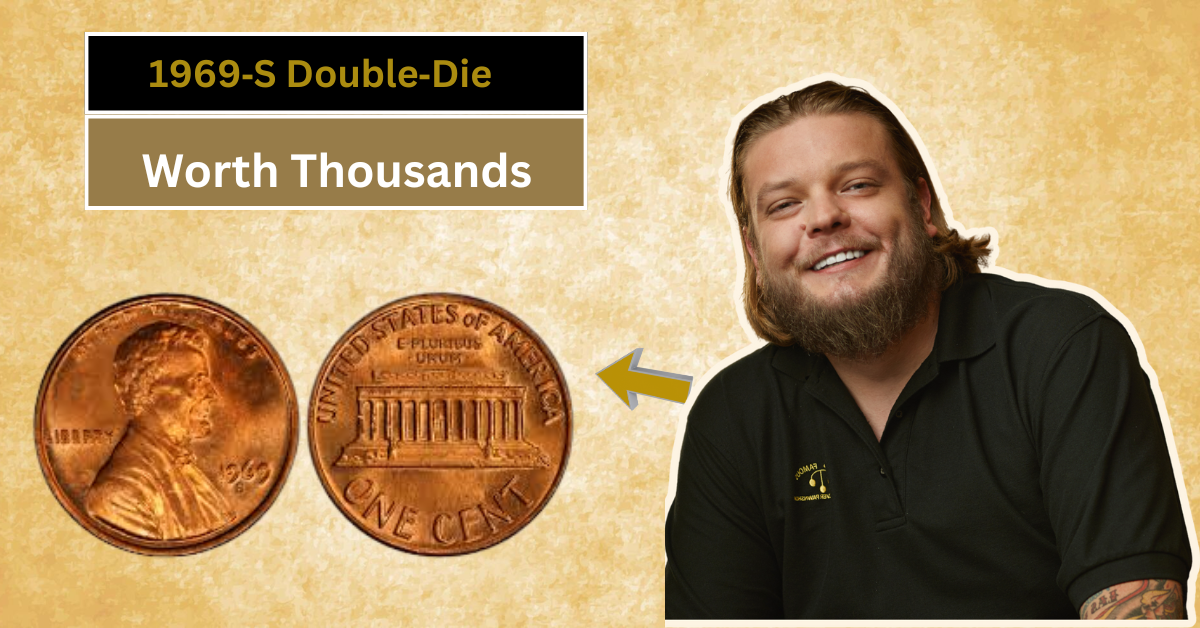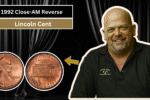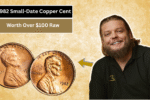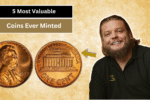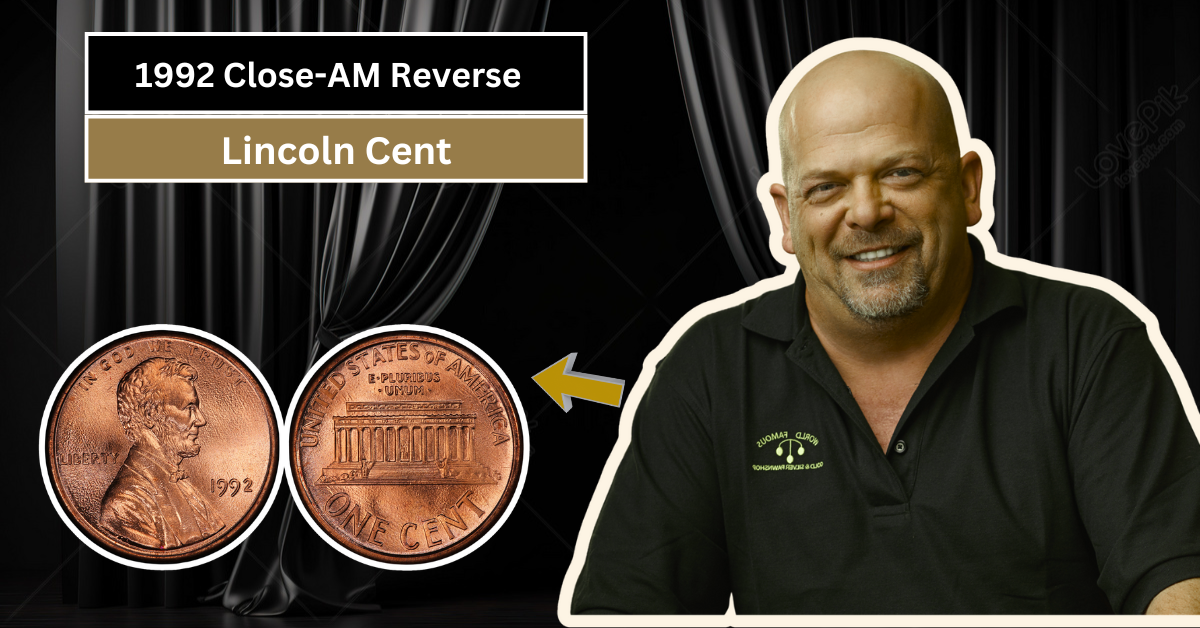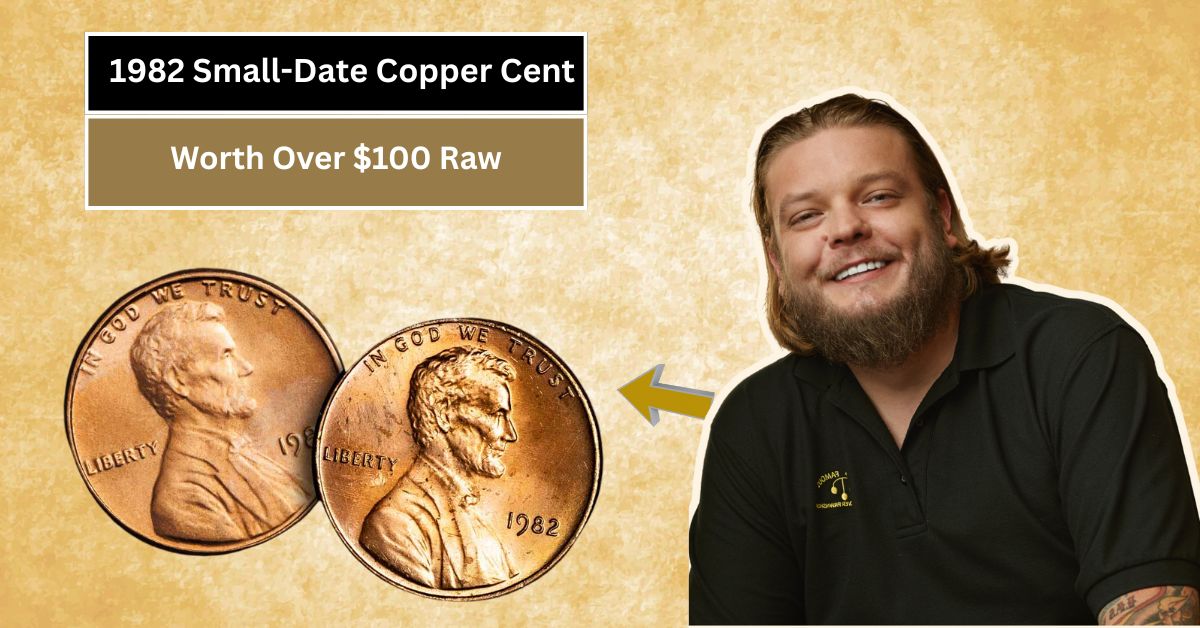Coins are more than just currency; they tell stories of history, design, and sometimes even hidden treasures. The 1969‑S Double‑Die Obverse penny is one such treasure that collectors hunt for across the world, including India. Famous for its heavy doubled lettering, this coin can be worth thousands of rupees if authentic.
However, not all that glitters is gold. Many people get fooled by look‑alikes created by machine‑doubling, which might seem similar but have no real value. In this article, we will explore what makes the 1969‑S Double‑Die Obverse so special, how you can identify genuine coins, and what to avoid to protect your investment.
What is the 1969‑S Double‑Die Obverse Coin?
This Article Includes
- 1 What is the 1969‑S Double‑Die Obverse Coin?
- 2 Why Does Doubling Happen on Coins?
- 3 How to Identify Genuine Heavy Doubled Letters on the 1969‑S DDO
- 4 Common Mistake: Machine‑Doubling Look‑Alikes
- 5 Why Is the 1969‑S Double‑Die Obverse So Valuable?
- 6 How to Buy or Sell a 1969‑S Double‑Die Obverse Safely
- 7 Tips to Start Your Coin Collecting Journey
- 8 Conclusion: Look Closely to Spot Real Treasures
The 1969‑S Double‑Die Obverse (DDO) penny is a rare variety of the Lincoln cent, struck at the San Francisco Mint. It stands out because of its noticeable doubled letters and numbers on the front (obverse) side of the coin. This doubling effect happened by mistake during the coin-making process, making it highly sought after by collectors.
Because this coin was produced in limited numbers, its rarity has pushed its value into the five-figure range. If you discover a 1969‑S DDO in your collection, it could be worth a lot more than just a rupee or two.
Why Does Doubling Happen on Coins?
Doubling is caused when the coin’s design is struck twice in slightly different positions. In the case of the 1969‑S Double‑Die Obverse, the minting press stamps the image with an offset, creating a doubled or shadow effect on letters and numbers. This kind of doubling is rare and happens during the die creation process before coins are produced.
Because this error occurs on the die itself and is then transferred to every coin struck with that die, many coins can show the same type of doubling, making them collectible. However, not all doubled-looking coins are real double dies; some show doubling due to machine errors, which don’t have the same value.
How to Identify Genuine Heavy Doubled Letters on the 1969‑S DDO
Spotting a true 1969‑S Double‑Die Obverse requires close attention to the details. Genuine double die coins have thick and clear doubling on letters like “LIBERTY,” “IN GOD WE TRUST,” and the date. The doubling is generally heavy, obvious, and shows on several letters consistently.
Look for signs such as:
- Thick, raised doubling on the letters and numbers
- Doubled images being sharp and clear instead of blurry
- The doubling appearing especially on the date and the motto “IN GOD WE TRUST”
Using a magnifying glass makes it easier to examine these features carefully.
Common Mistake: Machine‑Doubling Look‑Alikes
Many beginners confuse machine-doubling with true double dies. Machine doubling happens when the coin slightly shifts in the press, causing a flat, weak doubling that looks different from the thick, raised doubling of double dies. These look‑alikes may fool the untrained eye but are worth little to no extra value.
Key differences to watch for include:
- Machine doubling looks flat and spread out, not sharp
- It often appears on the edges or rims of letters rather than the entire letter
- Machine doubling is common and can happen to many coins
So, if you’re looking for a valuable 1969‑S Double‑Die Obverse, make sure you avoid coins that only show machine doubling or doubling caused by damage.
Why Is the 1969‑S Double‑Die Obverse So Valuable?
The value of the 1969‑S Double‑Die Obverse comes from its rarity and the clear error in minting that makes it unique. Since collectors want error coins to add excitement and uniqueness to their sets, such coins fetch high prices, sometimes going up to five figures in dollars or lakhs in rupees.
Another reason for its value is the difficulty in spotting genuine coins, which makes finding one special. When authentic, these coins are considered investment-worthy and even passed down to future generations.
How to Buy or Sell a 1969‑S Double‑Die Obverse Safely
If you find or want to buy a 1969‑S DDO penny, always do your homework. Buy from trusted coin dealers or online marketplaces with good reviews. If selling, consult professional coin grading services to certify the authenticity of your coin – this raises buyer confidence and price.
Be cautious with deals that look too good to be true. Always verify the coin using high-quality images or, better yet, inspect it yourself under magnification or with an expert’s help. Remember, genuine coins command a premium.
Tips to Start Your Coin Collecting Journey
For young collectors and beginners, start with basics: learn how to identify authentic coins properly and the difference between errors like double dies and machine doubling. Join coin clubs or online forums to connect with experienced collectors who can guide you.
Develop a habit of closely examining coins using a loupe or magnifying glass. Educate yourself on popular error coins and their values. This knowledge helps you avoid mistakes and recognize valuable finds like the 1969‑S Double‑Die Obverse.
Conclusion: Look Closely to Spot Real Treasures
The 1969‑S Double‑Die Obverse is not just a coin but a rare piece of minting history worth money and pride. Though many may claim their coins have heavy doubling, only careful study and knowledge can reveal the true gems. Appreciating the difference between genuine doubling and machine doubling saves you from confusion and bad purchases.
Whether you’re a casual collector or a serious investor, the 1969‑S Double‑Die Obverse penny is a name to remember. Keep your eyes open, learn well, and you might be holding a treasure that is worth much more than its face value.

